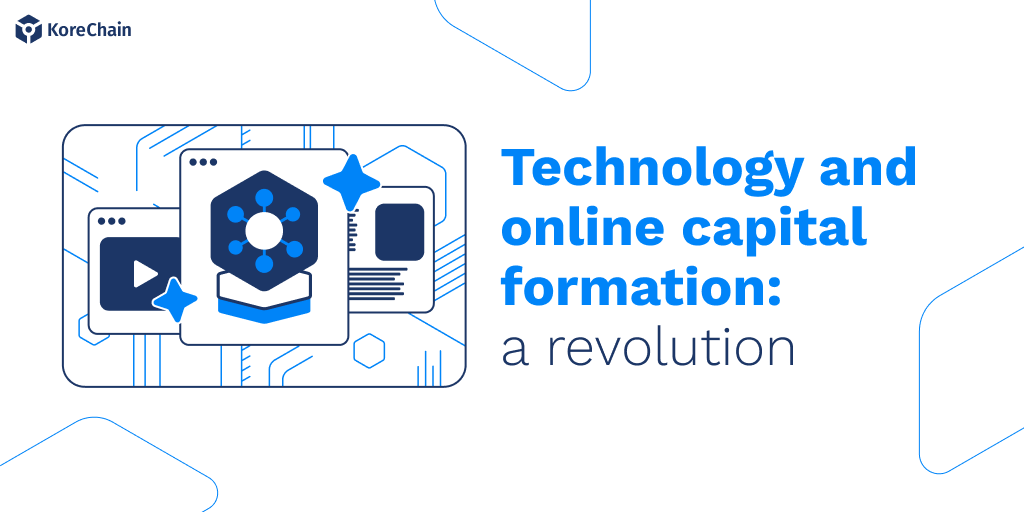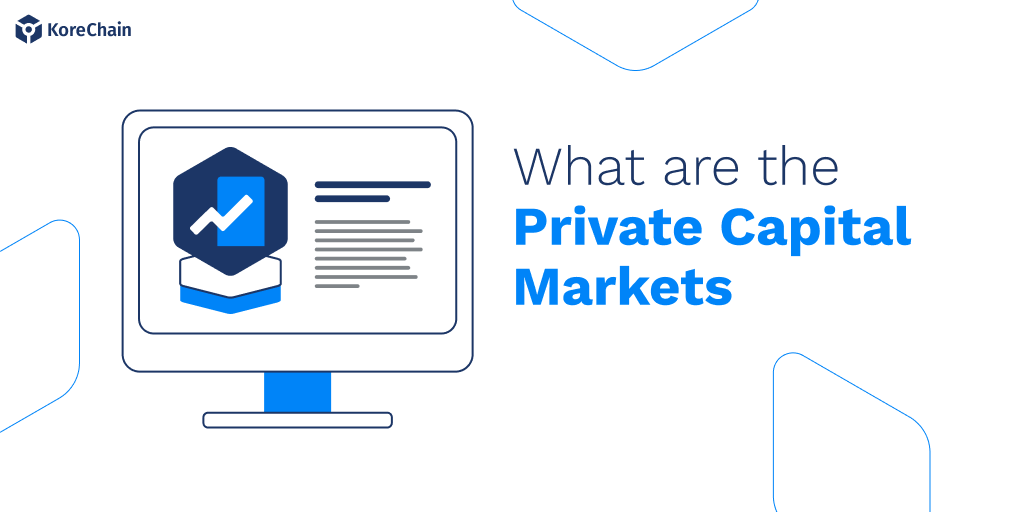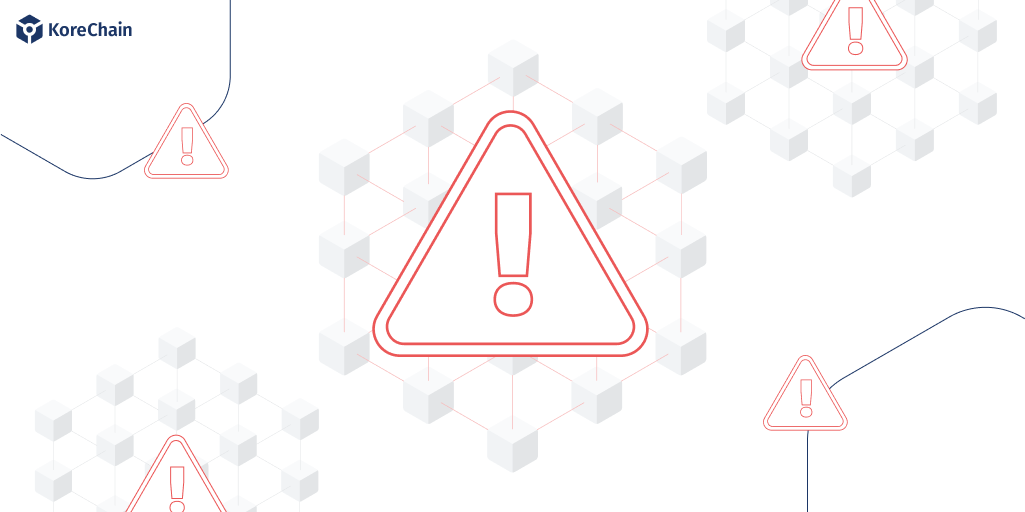Risk in the financial markets, whether the underlying assets are cryptocurrencies, tokens, digital securities, or traditional instruments, continues to be an ever-present challenge. Risk is related to stability. Most investors prefer stability to provide a reliable store of value. Let us see what that means and the ways in which stability can be achieved.
Understanding Volatility and Stability in Financial Markets
Stability is the absence of fluctuation in the price, value, or some other metric. Metrics that measure risk in terms of volatility compared to the general market or adjustment for various types of risk include standard deviation, beta, Sharpe ratio, Treynor ratio, etc. While all these have mathematical roots and technical nuances, the retail investors just see the sharp rise and fall in the prices of digital assets (or in their values, if the digital assets have fundamental metrics). Bitcoin, for example, plummeted from $61,283.80 on March 12, 2021, to $31,576.20 on July 16, 2021 (a four-month span), from $64,400 on Nov 12, 2021, to $16452.20 on Nov 25, 2022 (in a span of one year). As of this writing (March 14, 2024), its price is around $73308. This is the type of volatility that can wreak emotional havoc for investors.
Stability in tradable digital assets is important for investors’ peace of mind in order to avoid panics, market manipulations, and periods of reduced liquidity. For those digital assets that represent securities that have a value (and not just a price), stability is important to assure investors that the digital assets (or tokens) represent consistent value.
The Rise of Stablecoins
Stablecoins were an innovation in response to the wild price fluctuations seen in early cryptocurrencies such as Bitcoin and Ethereum. Tether (USDT), launched in 2014, was one of the first stablecoins. It maintained a 1:1 peg to the US dollar, which provided investors a reliable alternative to volatile price movement in cryptocurrencies. Since then, various stablecoins—such as USDC, DAI, and BUSD—have been launched. Each of these have different pegging mechanisms, ranging from the US dollar to a basket of currencies and commodities, and to algorithmic rebalancing to maintain the peg ratio.
While stablecoins seem to be innovation, they have borrowed the idea form traditional financial tools used to stabilize currencies and assets. For example, some central banks peg their national fiat currencies to a basket of other (hopefully stabler) currencies, or to a basket of commodities, or some such combination. Stablecoins ideally maintain reserves of the underlying base to ensure stability, somewhat like the fractional reserve banking, where banks hold reserves to cover deposits.
Stablecoins and Beyond: Exploring Applications
The principle of stablecoins can be applied to financial instruments beyond cryptocurrencies. One example is tokenized real-estate to represent fractional ownership of real-estate which, over a large and diversified portfolio of real-estate in multiple (ideally, uncorrelated) markets, is relatively stable over an extended period of time. Stability, of course, does not imply stagnation and does not preclude an appreciation in the value of the assets. The concept of stablecoins can be applied to supply chain finance as well. This helps with consistent and reliable cross-border payments and reduced currency exchange risk in global trade. The implementation of the principle of stablecoins in these and other use cases is specific to each use case and requires careful economic engineering. These mechanisms could include the techniques that are currently extant in stablecoins for cryptocurrencies, such as algorithms to maintain stability, collateralization, or pegging to a stable base.
Foundations for Stablecoin Functionality
Stablecoins, or other tokens designed to maintain stability, can only be successful when there is credible transparency, unrestricted liquidity, and regulatory compliance. These are the three legs of the stability stool.
Credible transparency includes full disclosure of the algorithm, the collateral, or the peg (of the stable base), as applicable. Moreover, there should be independent and third-party audits of the correctness of the technical implementation of the algorithm, the reserves, or the composition of the collateral (as, for example, the proportion of the components of the pegged basket).
Unrestricted liquidity implies that there are no artificial incentives to throttle liquidity of transactions. Examples of throttling include proof of work consensus, which is highly dependent on energy prices, and fluctuation in gas fees, which can ramp up significantly in times of low volume. Each of these throttling examples are perhaps unintended consequences of the economic incentives of operating the blockchain. Consider, by way of a contrary example, how public stock market trading is reasonably stable in transaction pricing and is independent of energy prices and volume. A similar independence in liquidity would support the argument for stability.
Regulatory compliance is the final leg of the stability tool. Stability is dependent on perception of risk. Risk, in turn, is lessened when the underlying assets and transaction involving those assets are conducted in a manner that is fully compliant with regulation. There is enough uncertainty and perception of risk from macro-economic factors; what the retail public does not need is additional unnecessary risk from non-economic factors such as non-compliance, fraud, and unverified parties to the transactions.
Final insights
Stablecoins are an important tool in the quest for stability. Their adoption will continue to grow with the maturity of the participants. The scandals and scams so far, and their continuation for some time, will weed out the gullible, the incautious, and the imprudent speculators. What remains is the ecosystem of informed investors. They will seek better transparency of risk, assurance of liquidity, and adherence to regulatory compliance. Even if every financial instrument or use case does not have an explicit stablecoin associate with it, the principle of stablecoins (namely, the quest for stability) may be incorporated into the tokens or digital securities. In this way, stablecoins or their principles forge a bridge between the volatile past and a more stable future for digital securities.














